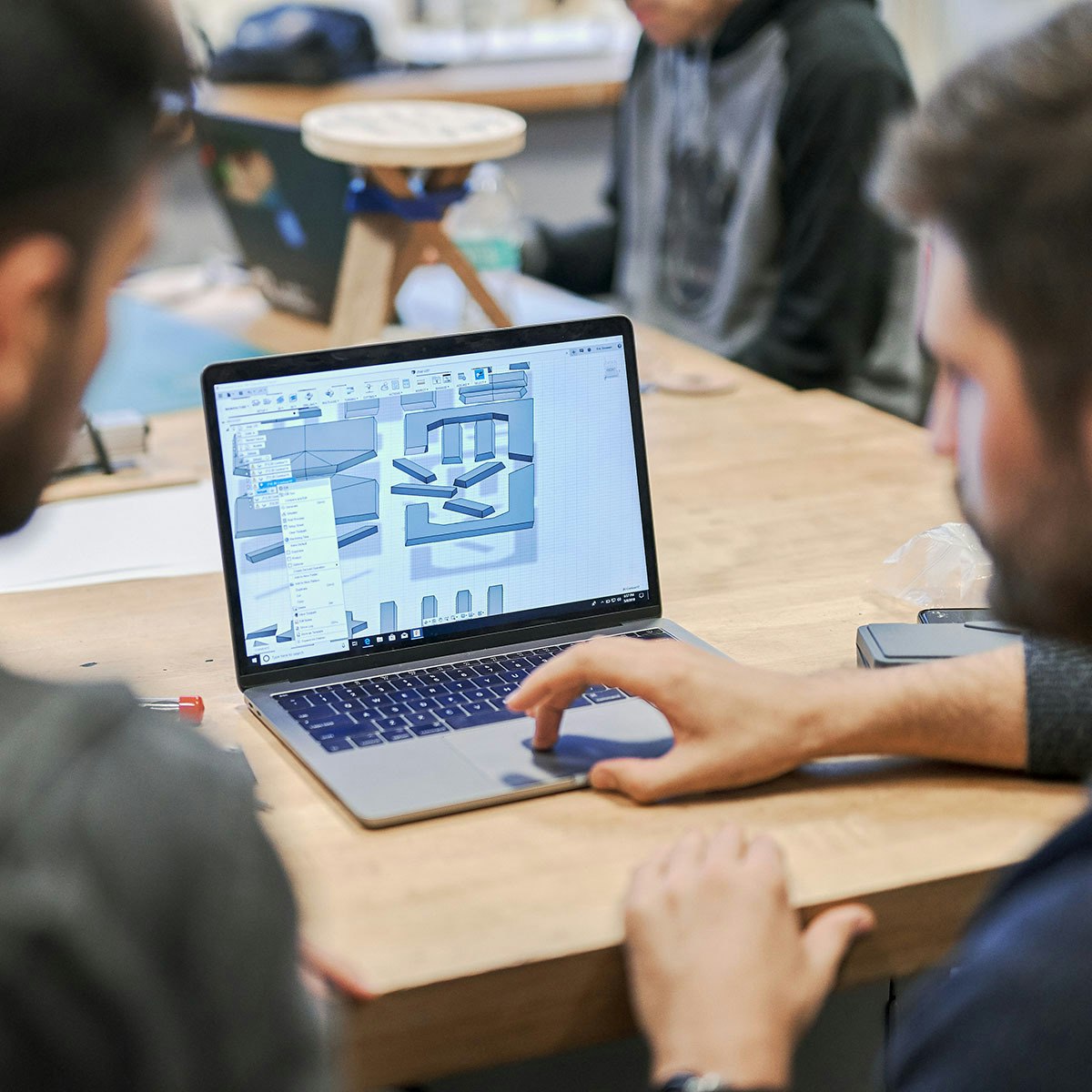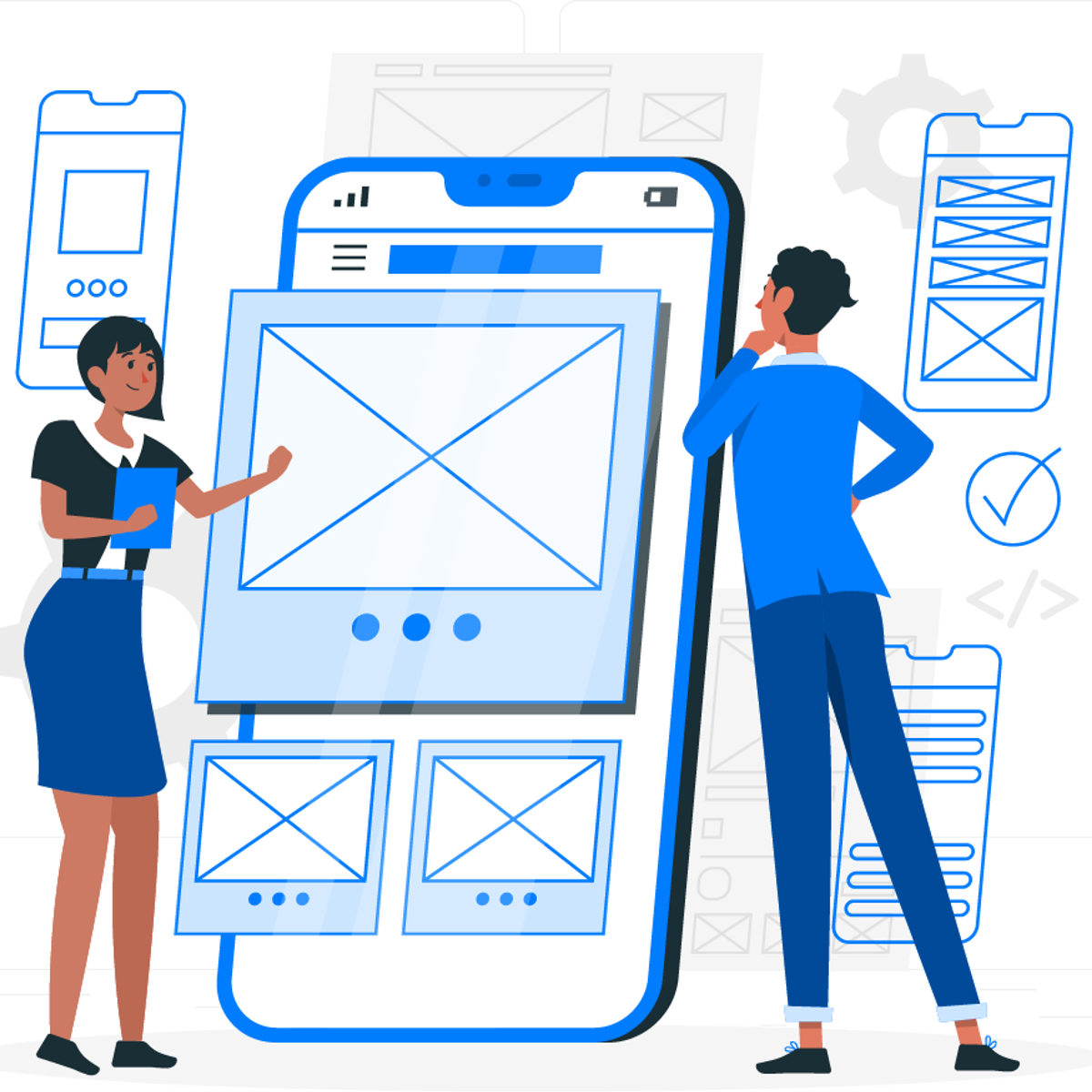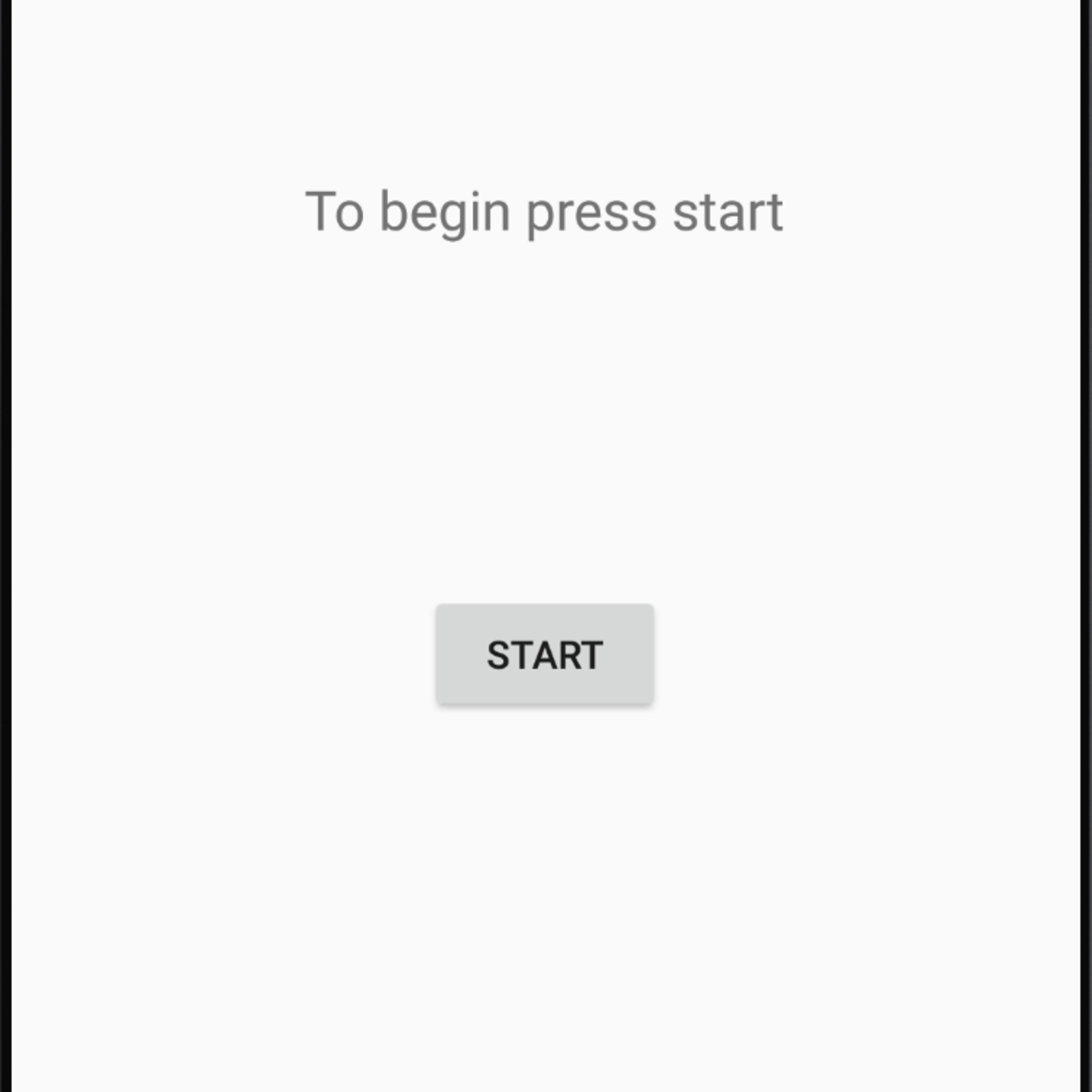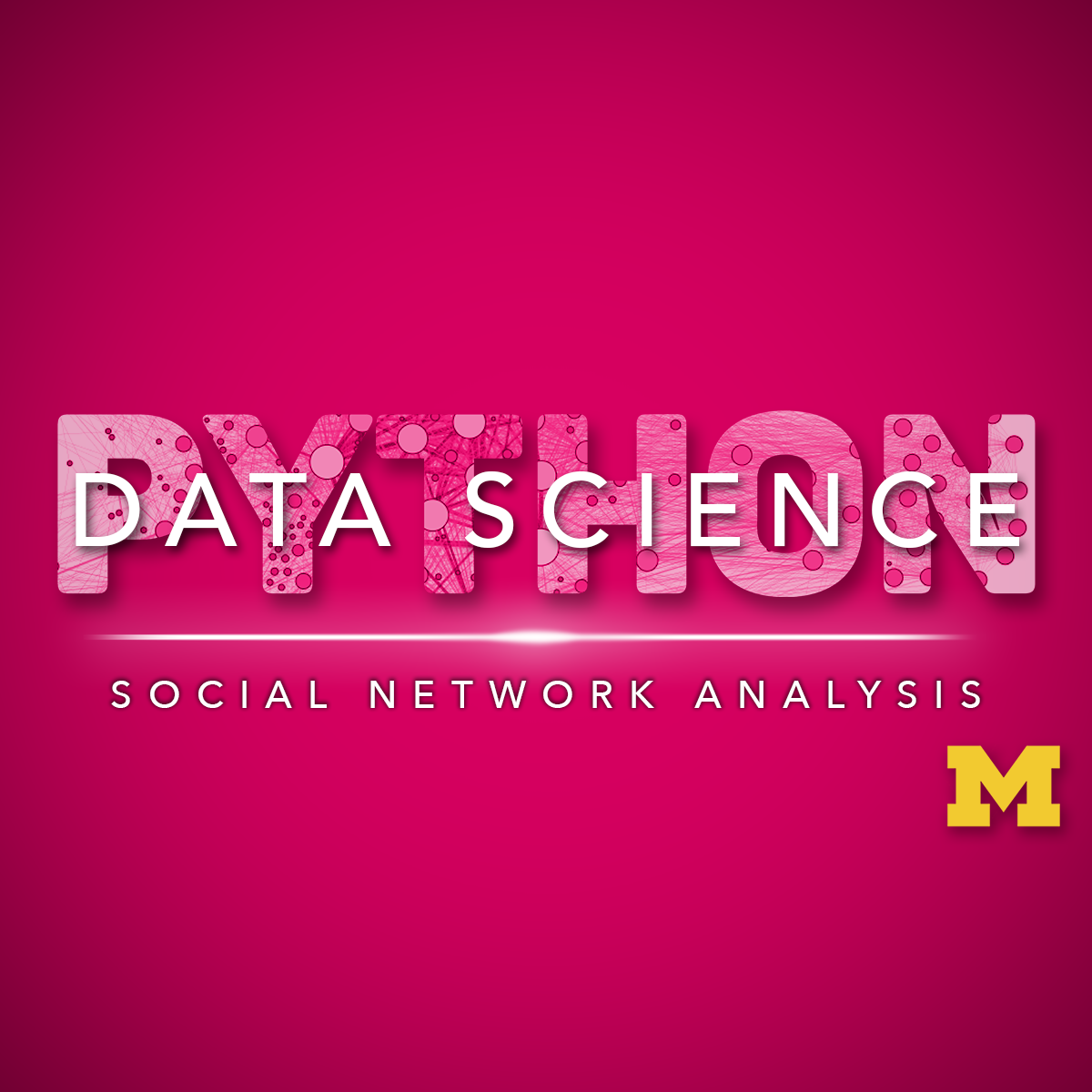Back to Courses









Computer Science Courses - Page 157
Showing results 1561-1570 of 2309

Front-End Developer Capstone
The Capstone project enables you to demonstrate multiple skills from the Certificate by solving an authentic real-world problems. This course will test your knowledge and understanding, and provide you with a platform to show off your new abilities in front-end web development using React.
On completion of the Capstone project, you’ll have a job-ready portfolio that you can show to recruiters, demonstrate during interviews and impress potential future employers.

Introduction to Mechanical Engineering Design and Manufacturing with Fusion 360
Design for manufacturing is the process of designing parts, components, or products with the understanding surrounding design requirements for a specific manufacturing method.
This course explores the design for manufacture workflow and shows how to validate models and create the G code, the programming language needed to instruct the CNC machine on how to move. We practice the basics of part and assembly design, and tools such as animation, rendering, and simulations using Autodesk Fusion 360. We learn the basics in each of these areas which are to be fully developed in later courses that apply these principles and Fusion 360 skills.
After taking this course, you'll be able to:
- Explain the design to manufacturing process used to take a digital model to a physical part through CNC programming.
- Summarize the toolset available in Fusion 360.
- Demonstrate knowledge and skills in Fusion 360 applying design and manufacturing workflows to take digital parts to physical prototypes.
Looking for Autodesk Fusion 360 certification prep courses? Check out additional learning resources to help you uplevel your skills: https://www.autodesk.com/learning

Build a Data Science Web App with Streamlit and Python
Welcome to this hands-on project on building your first data science web app with the Streamlit library in Python. By the end of this project, you are going to be comfortable with using Python and Streamlit to build beautiful and interactive web apps with zero web development experience! We are going to load, explore, visualize and interact with data, and generate dashboards in less than 100 lines of Python code!
Prior experience with writing simple Python scripts and using pandas for data manipulation is recommended.
Note: This course works best for learners who are based in the North America region. We’re currently working on providing the same experience in other regions.

Building High Quality User Experience Using Material UI
A user experience is built upon a user’s experiences and interactions with a product, system, or service. Providing high quality digital experiences in a web application involves writing CSS codes which focus on display, navigation, actions, input, and communication. However, CSS has its own set of challenges which can be addressed using Material UI design library.
This course will enable you to use CSS-in-JS and work with design systems like Material UI to quickly develop high quality React applications.

Build a Linear Layout App in Android Studio
In this course you will build an Android app with a Linear Layout in Android Studio with the java programming language and will be given an explanation of linear layout. This app has a piece of text asking the user to pick the type of movies they like over five check boxes for Action, Drama, Science Fiction, Romance, and Fantasy. Beneath these check boxes is another piece of text asking if watching movies is the favorite activity of the user with a toggle button for them to indicate "yes" or "no". Depending on if the user selects "yes" or "no" for the toggle button another piece of text will change between "What other activities do you like?" and "What do you prefer?". There is then five more check boxes for Books, Art, Music, Sport, and Theater for the user to indicate activities they like. Finally, there will be a button to exit the app. The app will remember the choices made by the user in their previous visit.
Projects in Series 1:
1. Build a Simple App in Android Studio with Java
2. Build a Persistent Storage App in Android Studio
3. Build a Linear Layout App in Android Studio
4. Build a Relative Layout App in Android Studio
5. Build a Table Layout App in Android Studio
Projects in Series 2:
1. Build an App in Android Studio using Resources
2. Build an App in Android Studio using Static Files
3. Build an App in Android Studio using Read - Write
4. Build an App in Android Studio using onTouch
5. Build an App in Android Studio using Activities

Applied Social Network Analysis in Python
This course will introduce the learner to network analysis through tutorials using the NetworkX library. The course begins with an understanding of what network analysis is and motivations for why we might model phenomena as networks. The second week introduces the concept of connectivity and network robustness. The third week will explore ways of measuring the importance or centrality of a node in a network. The final week will explore the evolution of networks over time and cover models of network generation and the link prediction problem.
This course should be taken after: Introduction to Data Science in Python, Applied Plotting, Charting & Data Representation in Python, and Applied Machine Learning in Python.

Google Cloud Pub/Sub: Qwik Start - Python
This is a self-paced lab that takes place in the Google Cloud console.
In this lab, you learn about Pub/Sub and how to create a topic and subscriber with a Python script, and then publish and view messages. Watch the short video Simplify Event Driven Processing with Cloud Pub/Sub.

Introduction to MongoDB
This course will get you up and running with MongoDB quickly, and teach you how to leverage its power for data analytics.
We'll start by mastering the fundamentals of MongoDB, including MongoDB’s Document data model, importing data into a cluster, working with our CRUD API and Aggregation Framework. These topics will be taught through a demo application which will give you a great first encounter of how simple and practical it can be to build applications with MongoDB.
In addition to these essential topics, you will also learn and work with useful MongoDB tools and services. You will work with Atlas, MongoDB's database as a service, MongoDB Compass, a schema visualization tool, as well as many other useful command-line utilities.
Internet History, Technology, and Security
The impact of technology and networks on our lives, culture, and society continues to increase. The very fact that you can take this course from anywhere in the world requires a technological infrastructure that was designed, engineered, and built over the past sixty years. To function in an information-centric world, we need to understand the workings of network technology. This course will open up the Internet and show you how it was created, who created it and how it works. Along the way we will meet many of the innovators who developed the Internet and Web technologies that we use today.
What You Will Learn:
After this course you will not take the Internet and Web for granted. You will be better informed about important technological issues currently facing society. You will realize that the Internet and Web are spaces for innovation and you will get a better understanding of how you might fit into that innovation. If you get excited about the material in this course, it is a great lead-in to taking a course in Web design, Web development, programming, or even network administration. At a minimum, you will be a much wiser network citizen.

Getting Started in GIMP
In this project, you will learn how to use GIMP to create a digital postcard. You will be introduced to the GIMP desktop and learn how to perform some of the most common editing techniques to complete your project. By the end of the project, you will know how to crop and resize a photo, how to add and enhance text. You will know how to save a file for digital use and for re-editing. You will also be introduced to the power of layers.
Note: This course works best for learners who are based in the North America region. We’re currently working on providing the same experience in other regions.
